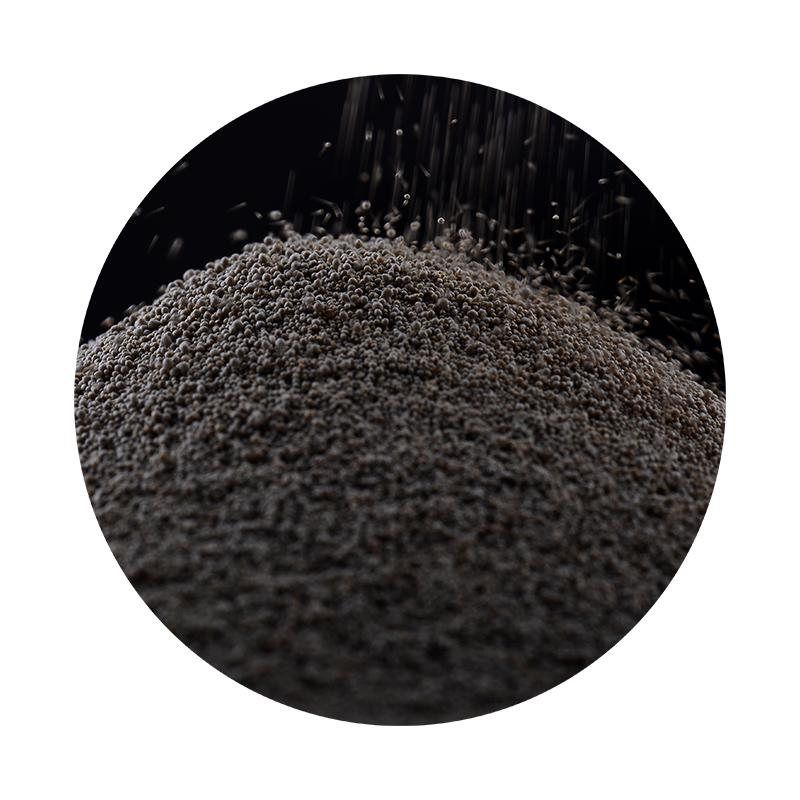How Do You Sand Resin?
Sanding resin is a crucial step for those working on projects involving epoxy resin or polyester resin. Whether you're crafting jewelry, creating artwork, or finishing furniture, knowing how to properly sand resin can transform your project from ordinary to extraordinary. This article will guide you through the process, covering the materials needed, techniques, and tips for achieving a smooth, polished finish.
Understanding Resin
Resin, particularly epoxy resin, is a versatile material used across various industries, from art to construction. After curing, resin hardens into a durable, glass-like finish. However, this finish can often be uneven or have imperfections such as bubbles, drips, or dust particles. Sanding is a necessary step to eliminate these flaws and prepare the surface for painting, sealing, or polishing.
Materials Needed for Sanding Resin
Before starting the sanding process, gather the required materials
1. Sandpapers Use a variety of sandpaper grits. Start with a coarser grit (around 60-80) to remove larger imperfections, then progress to finer grits (120, 220, 400, and higher) for smoothing the surface. 2. Sanding Block or Sponge For flat surfaces, a sanding block will help maintain even pressure. If working on curved surfaces, consider using a sanding sponge that conforms to the shape.
3. Water Wet sanding is often recommended for resin, as it helps reduce dust and prevents the sandpaper from clogging, resulting in a smoother finish.
4. Protective Gear Wear a mask, goggles, and gloves to protect yourself from resin dust and particles.
5. Polishing Compound & Cloths After sanding, a polishing compound can help restore a shiny finish. Soft cloths are necessary for applying the compound.
how do you sand resin

The Sanding Process
1. Initial Sanding Start with the coarsest sandpaper. Apply steady pressure and move the sandpaper in circular motions or back and forth. Focus on areas with significant imperfections, using the sanding block for flat surfaces.
2. Wet Sanding After the initial sanding, switch to wet sanding. Dip your sandpaper in water and continue sanding using the same motion. Wet sanding minimizes dust and helps achieve a smoother surface. Be cautious and do not let the paper dry out; re-dip in water frequently.
3. Progress Through Grits Gradually work your way up through finer grits, ensuring you sand the entire surface evenly. Each time you switch to a finer grit, take care to eliminate scratches left by the previous sandpaper.
4. Cleaning the Surface Periodically clean the surface with a damp cloth to remove debris and dust, which allows you to assess your progress and identify areas that need more attention.
5. Final Touches After reaching the desired smoothness, use a very fine grit (800 or above) for the last sanding. If you desire a glossy finish, ensure you complete the sanding process thoroughly before applying a polishing compound.
Polishing and Finishing
Once sanding is complete, you can choose to polish the resin. Apply a small amount of polishing compound to a soft cloth and buff the surface in circular motions. This step will enhance the clarity and shine of the resin, giving it a polished, professional appearance.
Conclusion
Sanding resin may seem tedious, but it’s essential for achieving a high-quality finish in your projects. By following the steps above and using the right materials and techniques, you can effectively sand resin surfaces. Remember to take your time, as patience and precision will lead to the best results. Whether you are an artist, hobbyist, or professional, mastering the art of sanding resin will elevate the quality of your work and leave you with stunning, flawless pieces. Happy crafting!
Post time:10 月 . 03, 2024 05:18
Next:Materials for Sand Casting Process and Their Applications in Manufacturing
